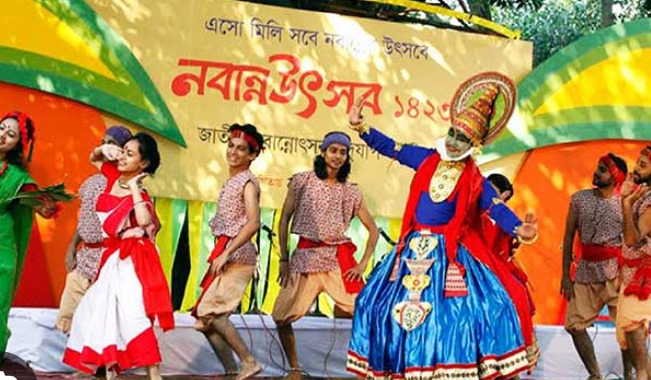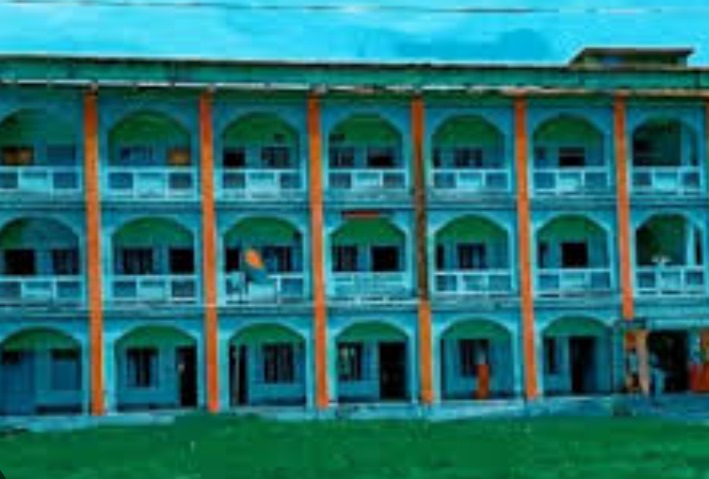Pahela Boishakh
Pahela Boishakh, also known as Bengali New Year, is one of the most important and widely celebrated festivals in Bangladesh and the Indian state of West Bengal. It marks the first day of the Bengali calendar, usually falling on April 14th or 15th. This festival symbolizes the beginning of a new year and is a time of joy, renewal, and cultural pride for Bengali people.
The celebration of Pahela Boishakh has a rich history and cultural significance. It is a day when people forget their past worries and look forward to a prosperous year ahead. On this day, people wear traditional colorful clothes, especially the red and white attire for women and panjabi or kurta for men. The streets come alive with vibrant processions called “Mongol Shobhajatra,” which have been recognized by UNESCO as an intangible cultural heritage. These processions feature large masks, colorful decorations, traditional music, and folk dances, reflecting the rich heritage of Bengal.
Pahela Boishakh is also a day for social gatherings and family reunions. People visit their relatives and friends, exchange greetings, and share special traditional foods such as panta bhat (fermented rice), hilsa fish, and various sweets. Markets are decorated beautifully, and special fairs are held where artisans sell handmade crafts, clothes, and jewelry.
This festival is more than just a celebration; it promotes unity, cultural identity, and hope among Bengalis. It also boosts the economy through increased trade and tourism during the festive season.
In conclusion, Pahela Boishakh is a vibrant and meaningful festival that brings people together to celebrate their culture, traditions, and the promise of a new beginning. It holds a special place in the hearts of Bengalis worldwide and continues to be a symbol of joy and harmony.




